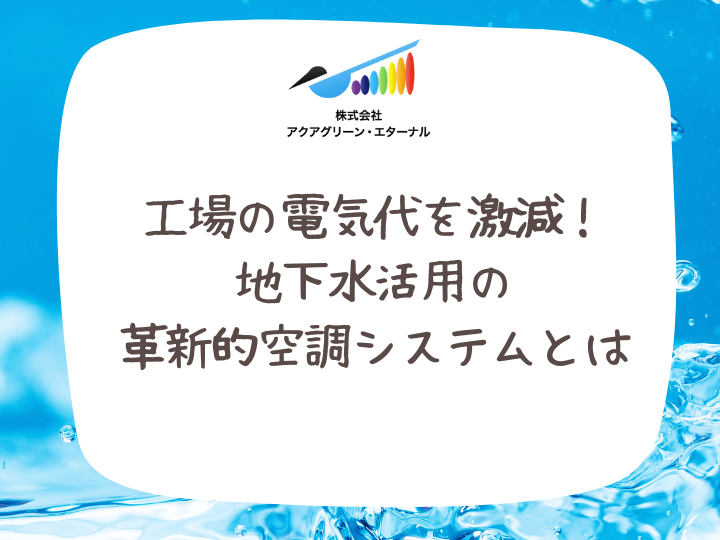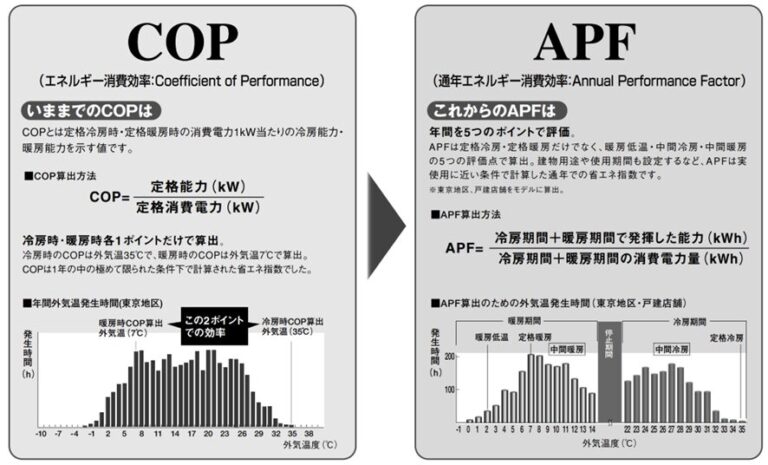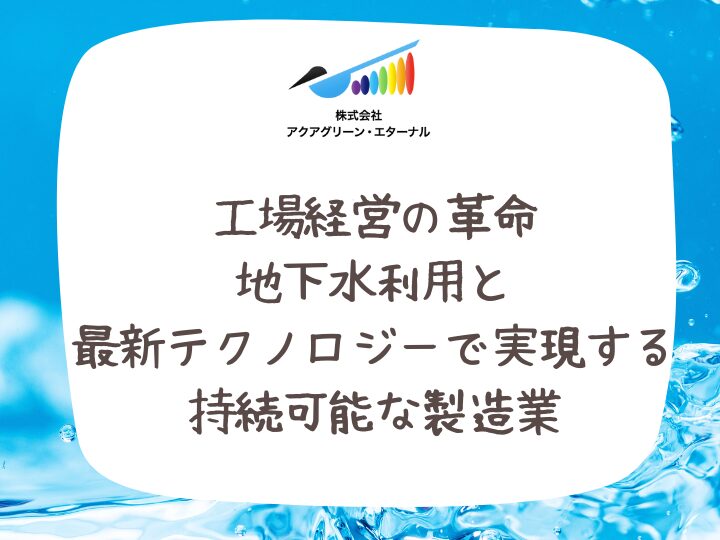The current status and legal regulations of groundwater use in factories: Achieving both cost reduction and environmental friendliness
This article explains the legal definitions of groundwater and well water, the current state of industrial use, related laws and regulations, and procedures and precautions for use. It also quantitatively analyzes the advantages and disadvantages of groundwater use and introduces environmentally friendly, sustainable methods of use and advanced examples of initiatives. It comprehensively discusses the importance and challenges of groundwater use in aiming to simultaneously reduce costs and environmental impact in factory operations.

Legal definitions of groundwater and well water and the actual state of industrial use
There is a clear legal distinction between groundwater and well water. Groundwater refers to all water that exists underground, while well water refers to water pumped from a well, which is part of groundwater. This distinction is important when considering use in factories. For example, when using groundwater for a water-cooled air conditioning system, the water is actually pumped up through a well, so legally it is considered to be well water.
Groundwater use for industrial purposes plays an important role in Japan's manufacturing industry. According to statistics from the Ministry of Economy, Trade and Industry, approximately 201 TP3T of industrial water in fiscal year 2019 came from groundwater. This figure shows that groundwater remains an important water source for factory operations.
Details of regulations regarding groundwater use and points to comply with them
The main laws and regulations regarding groundwater use include the Water Pollution Prevention Act, the Industrial Water Act, and the Act on the Regulation of Groundwater Extraction for Buildings. These laws aim to prevent land subsidence and water pollution.
Of particular note is the Industrial Water Law, which regulates the construction and expansion of wells with a daily pumping capacity of 500m³ or more in designated areas. For example, certain areas in Tokyo and Osaka are designated, and in these areas, prior permission from the Minister of Economy, Trade and Industry is required if large-scale groundwater use is planned.
In addition, under the Water Pollution Prevention Law, factories with specific facilities that use hazardous substances must take measures to prevent underground seepage, including regular inspections of underground storage tanks and the installation of leak detection systems.
Well water use and reporting requirements: Specific procedures and points to note
Many local governments require notification when using well water for industrial purposes. For example, in Tokyo, under the Tokyo Metropolitan Ordinance on Environmental Preservation, if you are installing a well with a cross-sectional area of the discharge outlet of the pump exceeding 6 cm², you must notify us 30 days before the start of construction.
Water quality management is also important. Regular water quality testing is recommended in accordance with the Ministry of Health, Labor and Welfare's "Guidelines for Sanitation Measures for Drinking Wells, etc." In particular, even for industrial purposes, water must be managed in accordance with drinking water standards if it is to be used for hand washing by employees, etc.
Specifically, it is advisable to conduct water quality tests at least once a year to check for E. coli, nitrate nitrogen, etc. Neglecting these controls increases the risk of damage to employee health and impacts to product quality.
Advantages and Disadvantages of Groundwater Use: A Quantitative Analysis
One of the benefits of using groundwater is the significant cost reduction effect. Generally, the cost of pumping groundwater is said to be about 1/3 to 1/5 of that of tap water. For example, if a factory that uses 10,000m³ of water per year switches from tap water to groundwater, it can expect to reduce costs by about 1 to 2 million yen per year.
In addition, the temperature of groundwater remains stable throughout the year, usually at around 15°C to 18°C. By taking advantage of this characteristic, it is possible to improve the efficiency of air conditioning systems. Specifically, it is possible to improve the COP (coefficient of performance).
On the other hand, the disadvantage is the initial investment cost. The cost of drilling a well varies greatly depending on the depth and geology, but a 100m well will cost around 5 to 20 million yen. There is also a risk of fluctuation in water quality. Groundwater quality is easily affected by geology and the surrounding environment, and water quality can deteriorate with long-term use.
Environmental Consideration and Sustainable Use: Examples of Advanced Initiatives
As an advanced example of environmentally friendly groundwater utilization, a recycling-type water utilization system is attracting attention. For example, one food manufacturer performs advanced treatment on used groundwater and reuses more than 851 TP3T in the manufacturing process. This significantly reduces the amount of new groundwater pumped, contributing to the conservation of local water resources.
There is also an increasing number of efforts to combine groundwater utilization with heat pump systems that use geothermal heat. With this method, groundwater is returned to the ground after heat exchange, which simultaneously maintains the groundwater level and improves thermal efficiency. In fact, a certain electrical manufacturer's factory that introduced this system achieved an energy reduction of approximately 301 TP3T compared to the conventional system.
Furthermore, groundwater management systems that utilize IoT technology are also being introduced. Real-time monitoring of water quality and volume enables early detection of abnormalities and optimal water resource management. These advanced initiatives are an effective means of achieving both environmental conservation and economic efficiency.
If managed properly, groundwater use is an effective option that can simultaneously reduce factory operating costs and reduce environmental impact. However, compliance with laws and regulations, consideration for the environment, and management from a long-term perspective are essential. It is important to formulate a sustainable water resource use plan that takes into full consideration the characteristics of each factory and the local situation.



